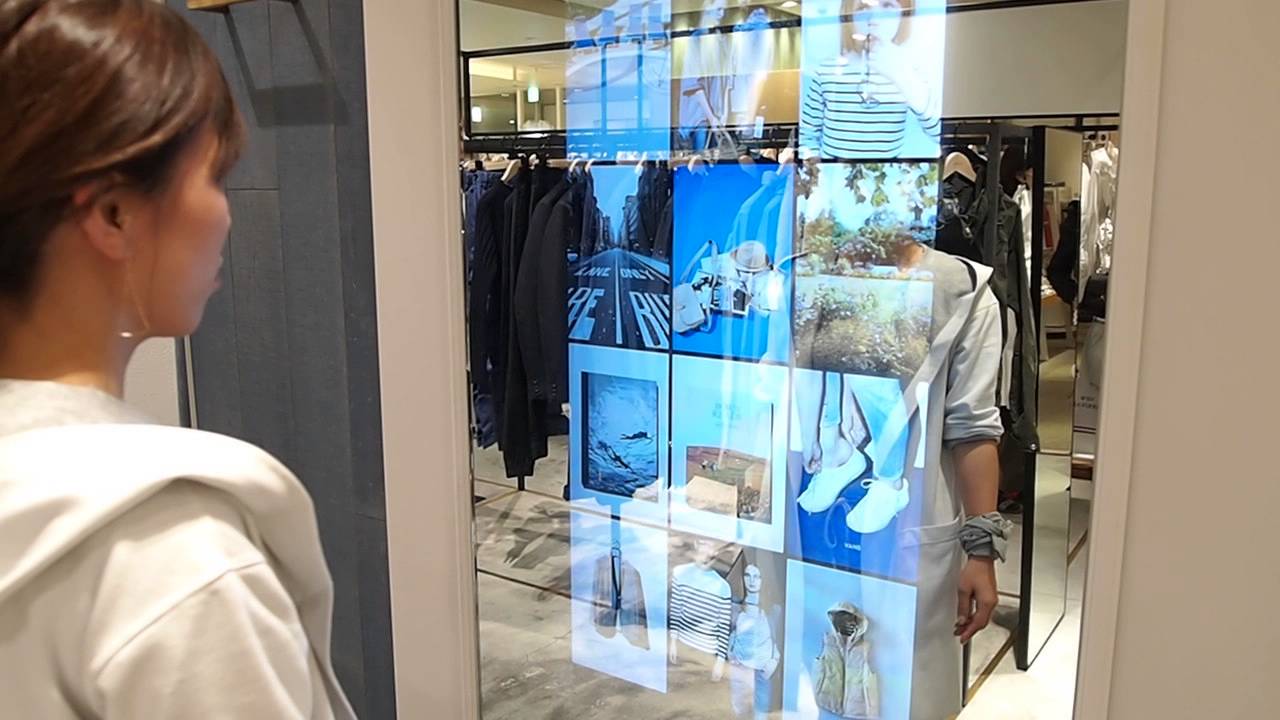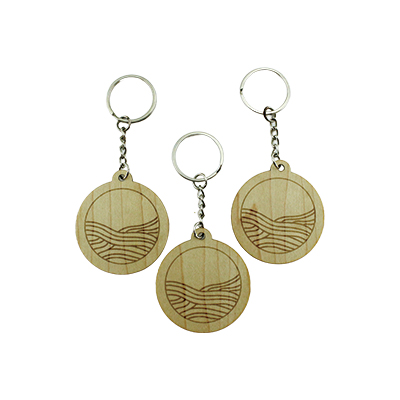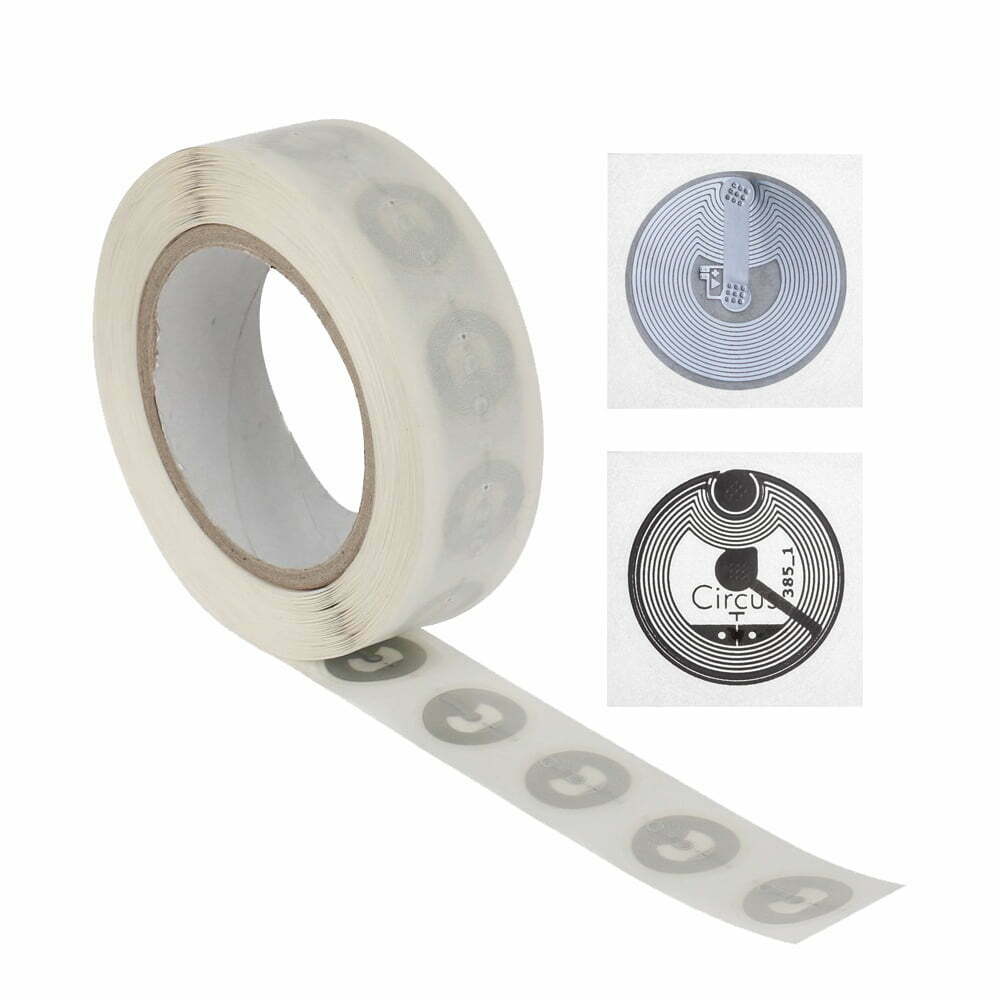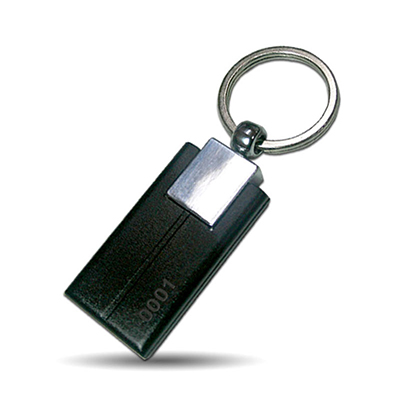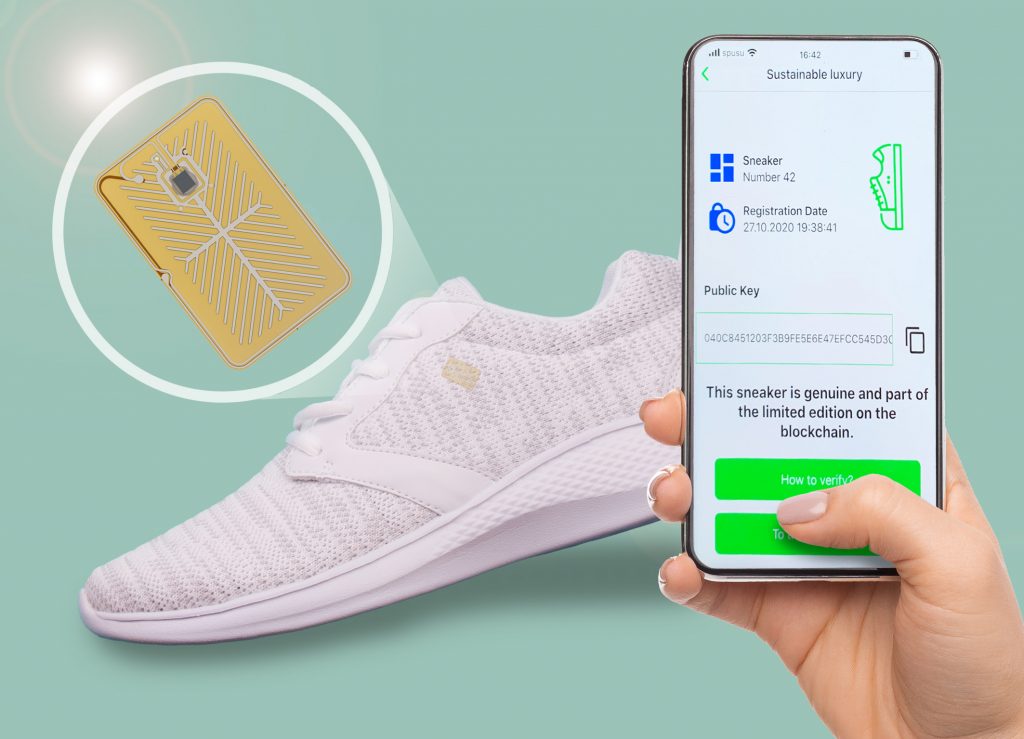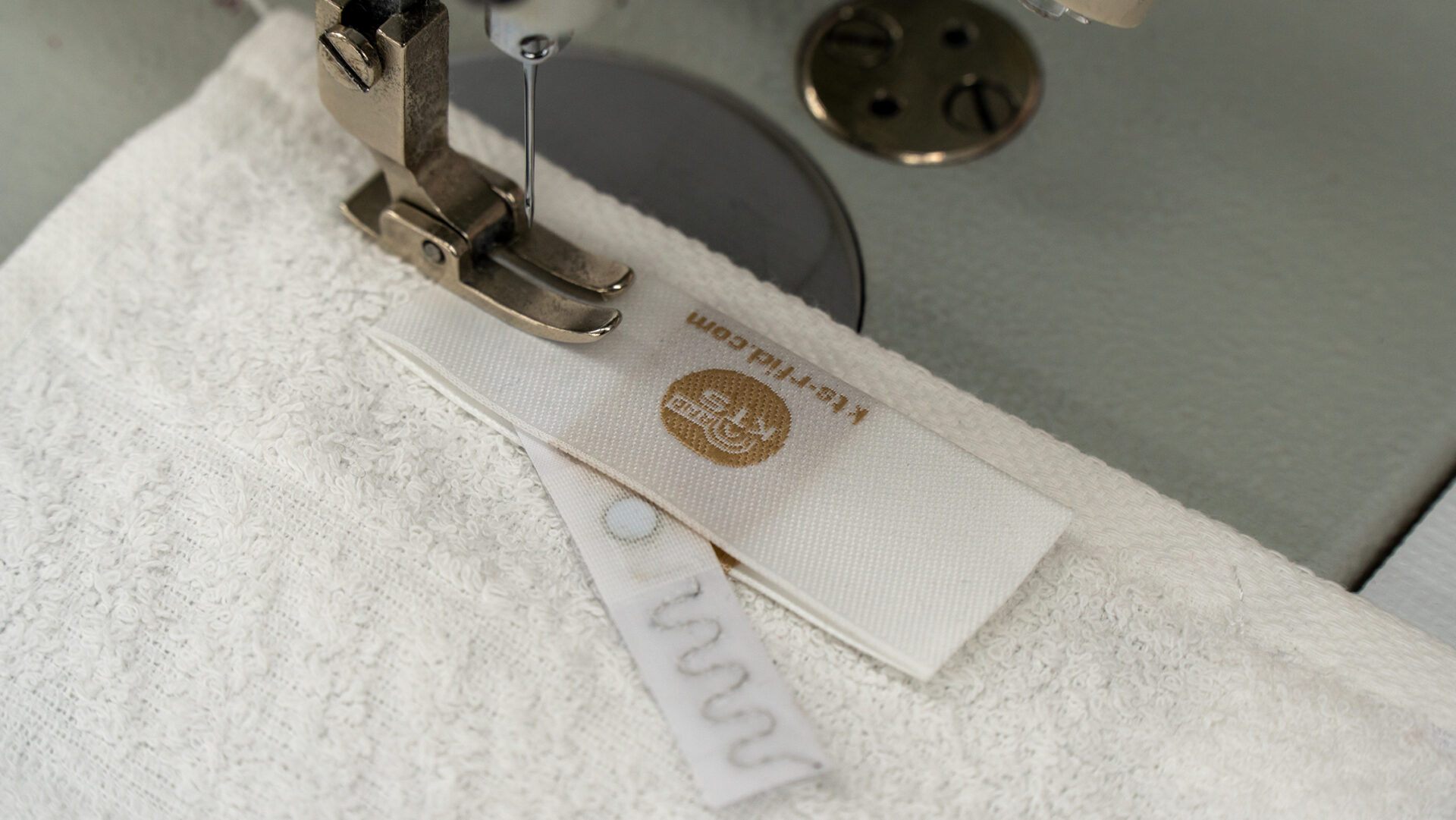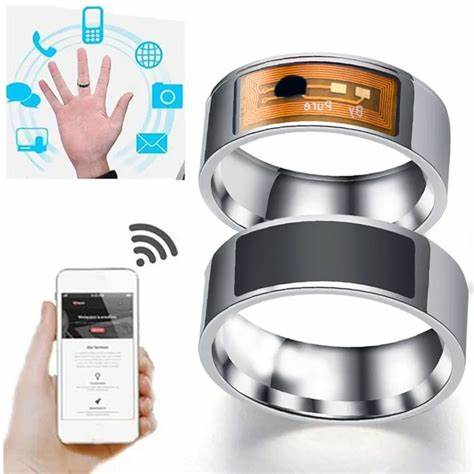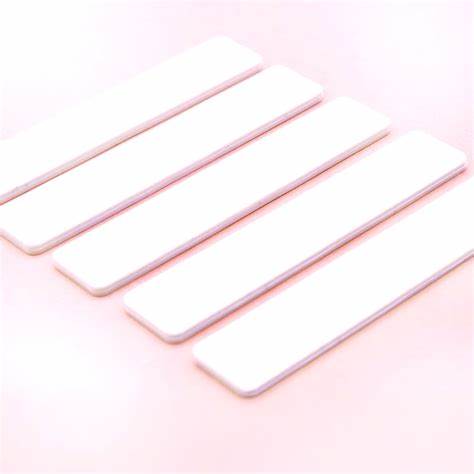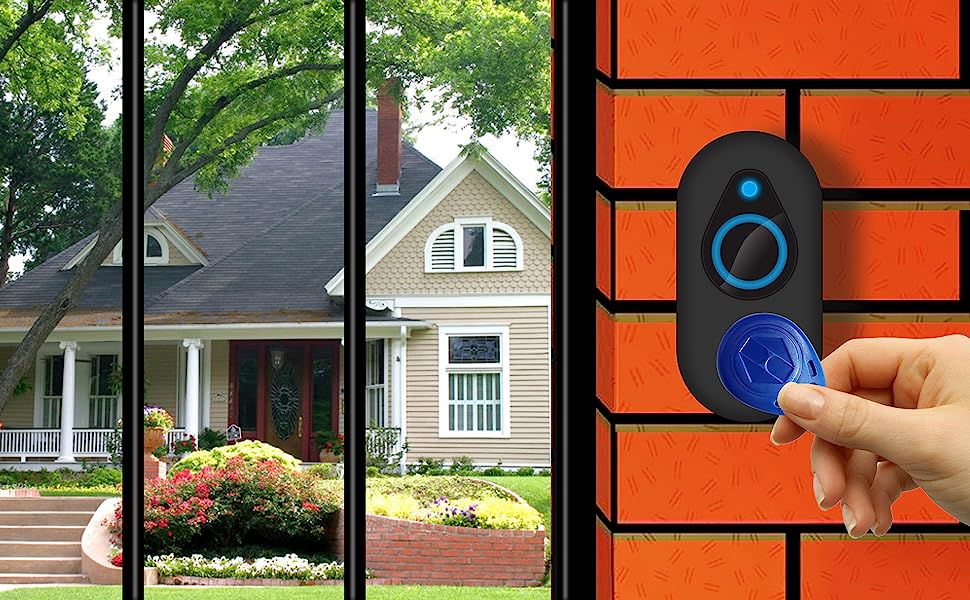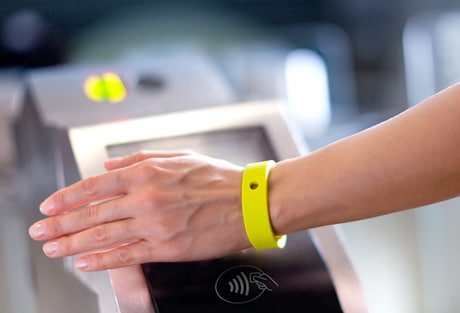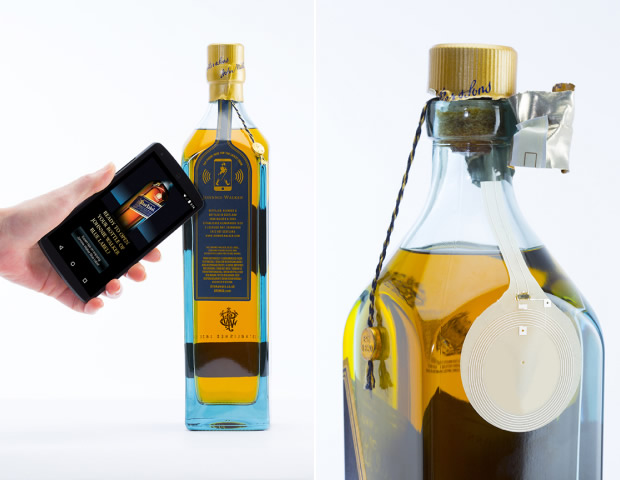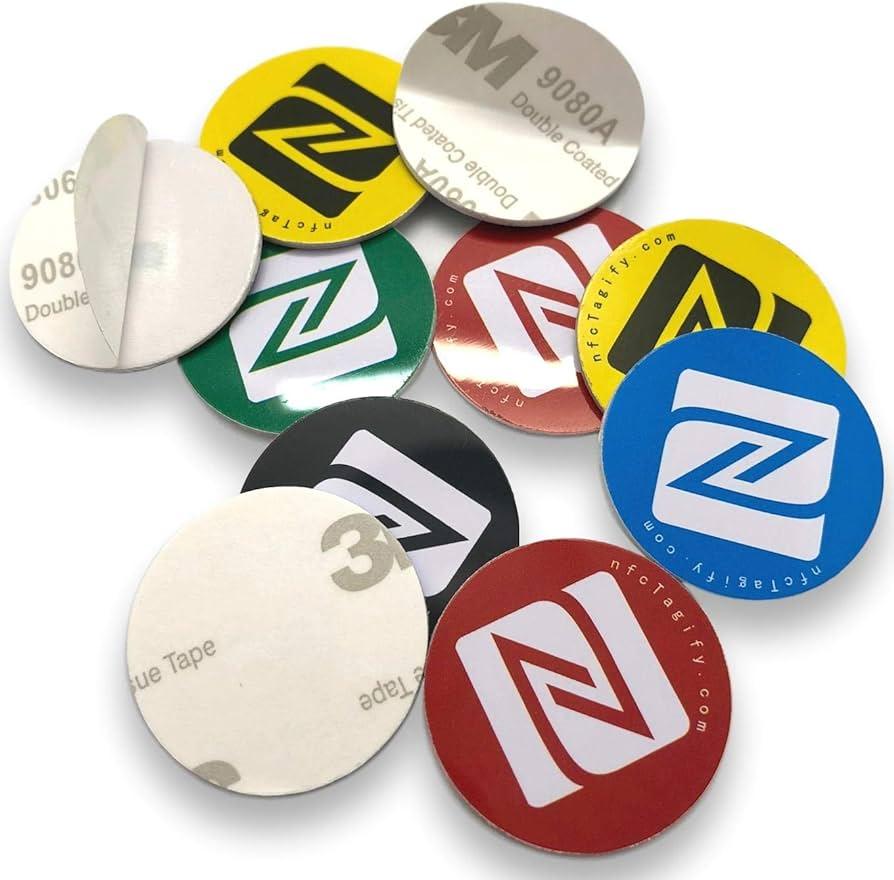The Magic of RFID Fitting Rooms: Transforming the Retail Experience
In today’s competitive retail industry, RFID fitting rooms blend cutting-edge technology with customer-centric innovation. These smart solutions are redefining how consumers interact with products while providing retailers with valuable operational insights.
Enhanced Customer Experience
RFID-enabled fitting rooms automatically detect items brought in by shoppers through embedded readers. This triggers:
- Instant display of product information (color, size, styling tips)
- Automatic suggestions for alternatives via touchscreen
- Real-time inventory checks for different styles
Inventory management revolution
Each RFID tag becomes a digital tracker that:
- Automatically updates stock levels as items enter the fitting room
- Identifies items that are frequently tried but not purchased
- Reduces shrinkage through real-time location monitoring
Data-driven decision making
Smart fitting rooms gather actionable insights:
- Most popular sizes/styles by region
- Conversion rates per fitting room session
- Peak fitting times and staffing needs
Our RFID tags withstand more than 200 wash cycles and are GS1/ISO compliant, ensuring durability and global compatibility.
Application
- Fashion retailer reduces loss rate by more than 35% with instant size retrieval
- Luxury brand provides VIP styling history through mobile integration
- Department store cuts inventory check labor costs by 50%
Conclusion
RFID fitting rooms create a win-win solution by combining operational efficiency with an advanced shopping journey. As consumers increasingly expect technology-enhanced retail experiences, these smart systems position forward-thinking brands as industry leaders.

